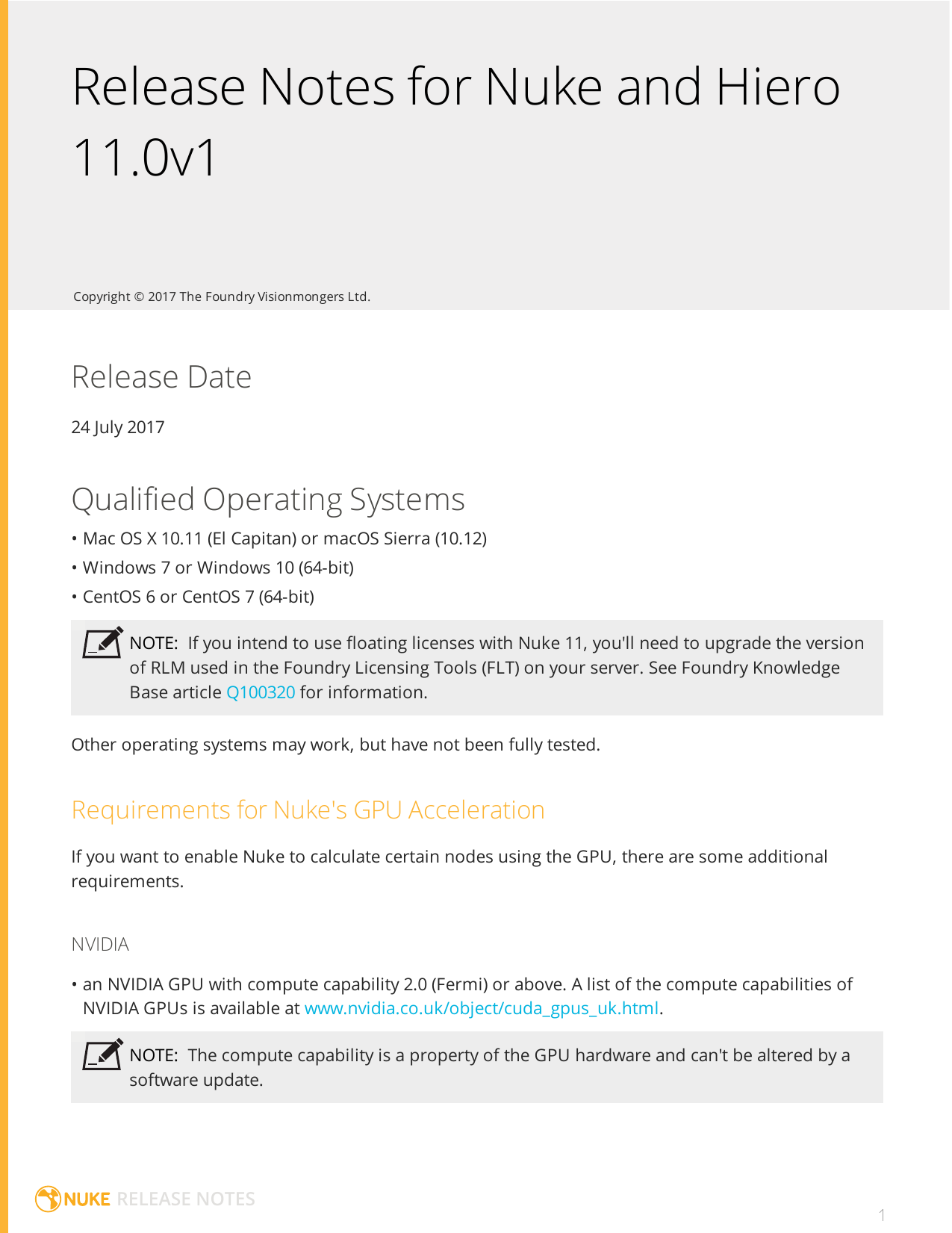
Feasibility of in situ, high-resolution correlation of tracer uptake with histopathology by quantitative autoradiography of biopsy specimens obtained under 18F-FDG PET/CT guidance. 2013 10:557–62.įanchon LM, Dogan S, Moreira AL, Carlin SA, Schmidtlein CR, Yorke E, et al. Measuring image resolution in optical nanoscopy. Nieuwenhuizen RP, Lidke KA, Bates M, Puig DL, Grünwald D, Stallinga S, et al. The correlation averaging of a regularly arranged bacterial cell envelope protein. Vascularized bone-mimetic hydrogel constructs by 3D bioprinting to promote osteogenesis and angiogenesis. 2019 14:e0209827.Īnada T, Pan C-C, Stahl AM, Mori S, Fukuda J, Suzuki O, et al. cellSTORM-Cost-effective super-resolution on a cellphone using dSTORM. 2013 54:1841–6.ĭiederich B, Then P, Jügler A, Förster R, Heintzmann R. High-resolution radioluminescence microscopy of 18F-FDG uptake by reconstructing the β-ionization track. Pratx G, Chen K, Sun C, Axente M, Sasportas L, Carpenter C, et al.

Cell-laden microengineered gelatin methacrylate hydrogels. Nichol JW, Koshy ST, Bae H, Hwang CM, Yamanlar S, Khademhosseini A. Radioluminescence microscopy: a quantitative method for radioisotopic imaging of metabolic fluxes in living cancer cells. Radioluminescence microscopy: measuring the heterogeneous uptake of radiotracers in single living cells. Pratx G, Chen K, Conroy Sun LM, Carpenter CM, Olcott PD, Xing L. Microfluidic radiobioassays: a radiometric detection tool for understanding cellular physiology and pharmacokinetics. Modular low-light microscope for imaging cellular bioluminescence and radioluminescence. Breast cancer–associated macrophages promote tumorigenesis by suppressing succinate dehydrogenase in tumor cells. Gómez V, Eykyn TR, Mustapha R, Flores-Borja F, Male V, Barber PR, et al. Metabolism of stromal and immune cells in health and disease. Ghesquière B, Wong BW, Kuchnio A, Carmeliet P. The Warburg effect in endothelial cells and its potential as an anti-angiogenic target in cancer. Metabolic reprogramming of cancer associated fibroblasts: the slavery of stromal fibroblasts. 2011 648:S236–S40.Īvagliano A, Granato G, Ruocco MR, Romano V, Belviso I, Carfora A, et al. Nuclear Instruments and Methods in Physics Research Section A: Accelerators, Spectrometers, Detectors and Associated Equipment. Fundamental limits of spatial resolution in PET. Understanding the Warburg effect: the metabolic requirements of cell proliferation. Vander Heiden MG, Cantley LC, Thompson CB. The approach could be extended to more advanced engineered cancer models but also to surgical tissue slices and tumor biopsies. With its high spatial resolution, the method can separately resolve tumor and stromal components. Our study demonstrates the feasibility of imaging the distribution of FDG uptake in engineered in vitro tumor models. Despite the relative thickness of the tissue constructs, an average spatial resolution of 64 ± 4 μm was achieved for imaging FDG. In vitro gamma counting confirmed that A549 and HUVEC cells were both highly glycolytic with rapid FDG uptake kinetics. The microvascular stromal compartment as a whole took up a large fraction of the FDG, comparable to the uptake of the tumor spheroids. Simultaneous and co-localized brightfield, fluorescence, and radioluminescence imaging provided high-resolution information on the distribution of FDG in the engineered tissue.

Fluorescence microscopy was performed using the same instrument to localize endothelial and tumor cells. After incubation with FDG, the radioluminescence signal was collected by a highly sensitive widefield microscope. The tumor model was constructed as a 200-μm-thin 3D layer over a transparent CdWO 4 scintillator plate to allow high-resolution imaging of the cultured cells. Multicellular tumor spheroids (A549 lung adenocarcinoma) were co-cultured with GFP-expressing human umbilical vein endothelial cells (HUVECs) within an artificial extracellular matrix to mimic a tumor and its surrounding stroma. This study investigates the use of radioluminescence microscopy for imaging FDG uptake in engineered 3D tumor models with high resolution.

However, due to its coarse image resolution, PET is unable to resolve the metabolic role of cancer-associated stroma, which often influences the metabolic reprogramming of a tumor. The increased glucose metabolism of cancer cells is the basis for 18F-fluorodeoxyglucose positron emission tomography (FDG-PET).


 0 kommentar(er)
0 kommentar(er)
